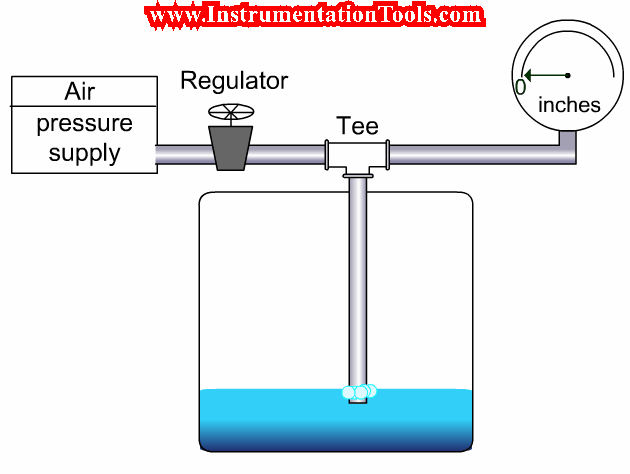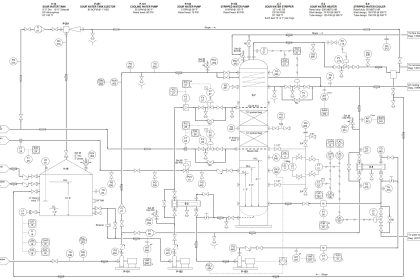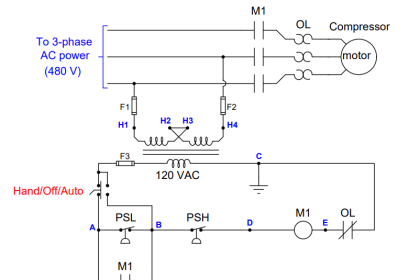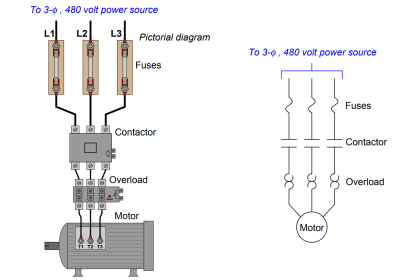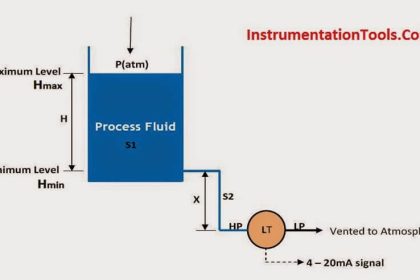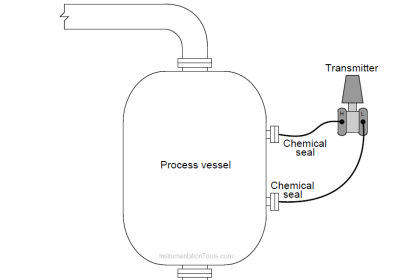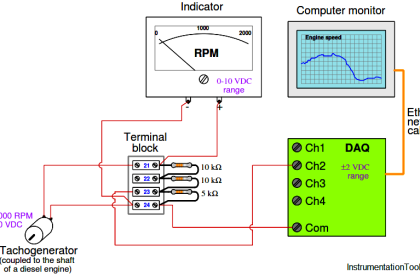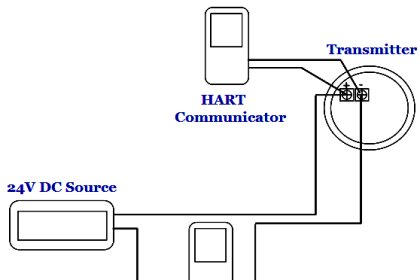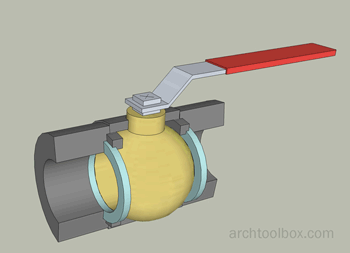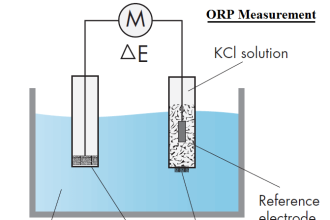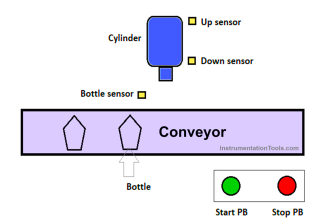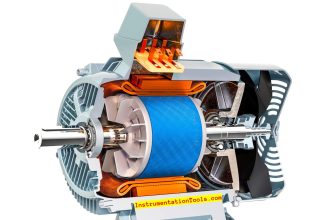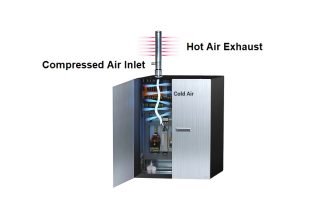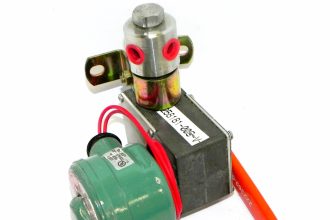Vibrating Level Switch
Some level switches use a vibrating rod or paddle to sense the presence of liquids or solids at a specific point.
Explain how such vibrating level switches work, in as much detail as you can.
Hint: sometimes these switches are known as tuning fork switches if they use two balanced paddles to sense the presence of liquid or solid material.
Also identify potential problems with this type of “point-level” detector caused by improper installation.
Answer
These switches use an electronic circuit to vibrate the rod or paddle, then trigger their output signal upon sensing the dampening of that vibration caused by the presence of liquid or solid immersion.
Potential problems include:
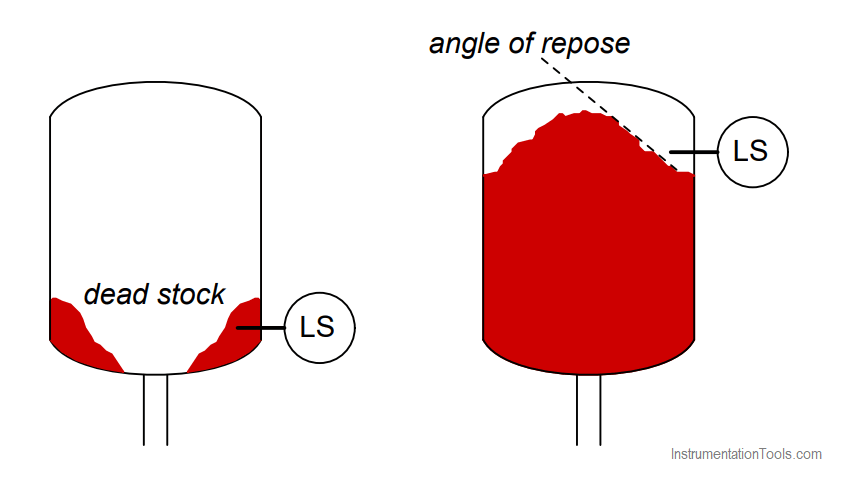
Rotating Paddle Level Switch
Some level switches use a motor-rotated paddle to sense the presence of solids at a specific point.
Explain how such “rotating paddle” level switches work, in as much detail as you can.
Also identify potential problems with this type of “point-level” detector caused by improper installation.
Answer
Level is detected when the paddle (or motor) torque exceeds a pre-set limit.
Potential problems include paddle fouling and seized paddle shaft bearings.
Nuclear Level Switch
One form of non-contact level switch utilizes nuclear radiation to sense the absence or presence of level within a vessel, either liquid or solid.
Briefly explain how these level switches work.
Answer
Some nuclear level switches work by sensing the blockage of radiation due to process level, others by the “backscattering” (reflection) of radiation by the process level.
Delayed coker drum level detection (in the oil refining industry) is one notable application of the latter technique, where hydrocarbons’ property of reflecting neutron radiation more than other substances is the primary detection characteristic.
Share your answers & explanation with us through the below comments section.
Read Next:
Credits: Tony R. Kuphaldt
